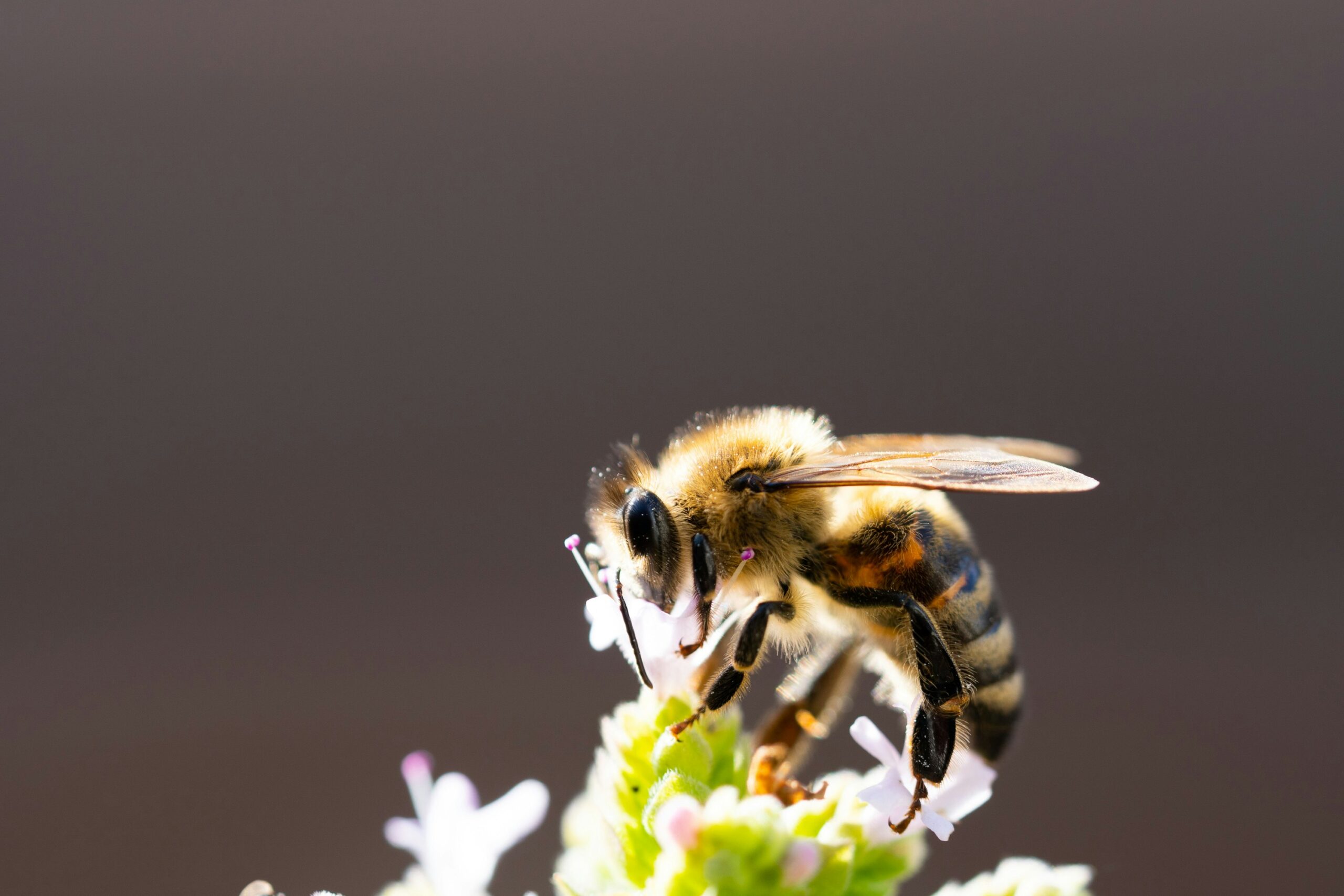The Evolution of Symbiosis: How Inter-Species Relationships Between Animals and Plants Evolved
Symbiosis is a fascinating phenomenon that has shaped the natural world in countless ways. It refers to the close and long-term interaction between two or more different species, often resulting in mutual benefits. These relationships have evolved over millions of years, leading to intricate connections between animals and plants. In this article, we will explore the evolution of symbiosis and how it has influenced the diversity and survival of various species.
The Origins of Symbiosis
Symbiotic relationships can be traced back to the early stages of life on Earth. The first forms of symbiosis likely emerged as a result of chance encounters between organisms in their environment. Over time, certain interactions proved to be advantageous, leading to the establishment of mutually beneficial relationships.
One of the most well-known examples of early symbiosis is the relationship between plants and fungi. Around 400 million years ago, plants began to colonize land, but they faced challenges in obtaining nutrients from the soil. Fungi, on the other hand, had the ability to break down organic matter and release essential nutrients. Through a process known as mycorrhizal symbiosis, plants and fungi formed a mutually beneficial partnership. The fungi provided the plants with nutrients, while the plants supplied the fungi with carbohydrates produced through photosynthesis.
Co-Evolution and Specialization
As symbiotic relationships became more established, co-evolution played a crucial role in shaping these interactions. Co-evolution occurs when two or more species exert selective pressures on each other, leading to adaptations that enhance their mutual benefits.
One remarkable example of co-evolution is the relationship between flowering plants and their pollinators. As plants evolved to produce flowers and attract pollinators, insects and other animals adapted to feed on the nectar and pollen. This co-evolutionary process resulted in a remarkable diversity of flower shapes, colors, and scents, as well as specialized mouthparts and behaviors in pollinators.
Another fascinating example of co-evolution is the relationship between ants and acacia trees. Acacia trees provide shelter and food resources to ants in the form of specialized structures called “domatia” and nectar-producing glands. In return, the ants protect the trees from herbivores and competing plants. Over time, the ants and acacia trees have co-evolved to become highly specialized in their mutualistic relationship.
Symbiosis and Ecosystem Stability
Symbiotic relationships play a crucial role in maintaining the balance and stability of ecosystems. They contribute to the functioning of ecosystems by facilitating nutrient cycling, enhancing plant reproduction, and providing habitat and food resources for various species.
For example, mycorrhizal fungi form symbiotic associations with the majority of plant species, helping them absorb nutrients from the soil. This mutualistic relationship is essential for the growth and survival of both plants and fungi, as well as for the overall health of terrestrial ecosystems.
Similarly, coral reefs rely on a complex web of symbiotic relationships to thrive. Corals have a mutualistic association with photosynthetic algae called zooxanthellae, which provide them with energy through photosynthesis. In return, the corals provide the algae with a protected environment and access to sunlight. This symbiotic relationship is crucial for the growth and survival of coral reefs, which support a diverse array of marine life.
The Future of Symbiosis
As our understanding of symbiosis deepens, scientists are discovering new and unexpected examples of inter-species relationships. From bacteria living in the human gut to fungi aiding in the decomposition of organic matter, symbiotic interactions are everywhere.
However, symbiosis is not without its challenges. Environmental changes, such as habitat loss and climate change, can disrupt these delicate relationships. For example, the loss of pollinators due to habitat destruction threatens the reproduction of many flowering plants.
Understanding the evolution and importance of symbiosis is crucial for conservation efforts and the preservation of biodiversity. By protecting the habitats and ecosystems that support symbiotic relationships, we can ensure the survival of countless species and maintain the delicate balance of our natural world.
In conclusion, the evolution of symbiosis has played a pivotal role in shaping the diversity and survival of animals and plants. From the origins of symbiosis to co-evolution and ecosystem stability, these inter-species relationships have had a profound impact on the natural world. By studying and appreciating these intricate connections, we can gain a deeper understanding of the complexity and beauty of life on Earth.
